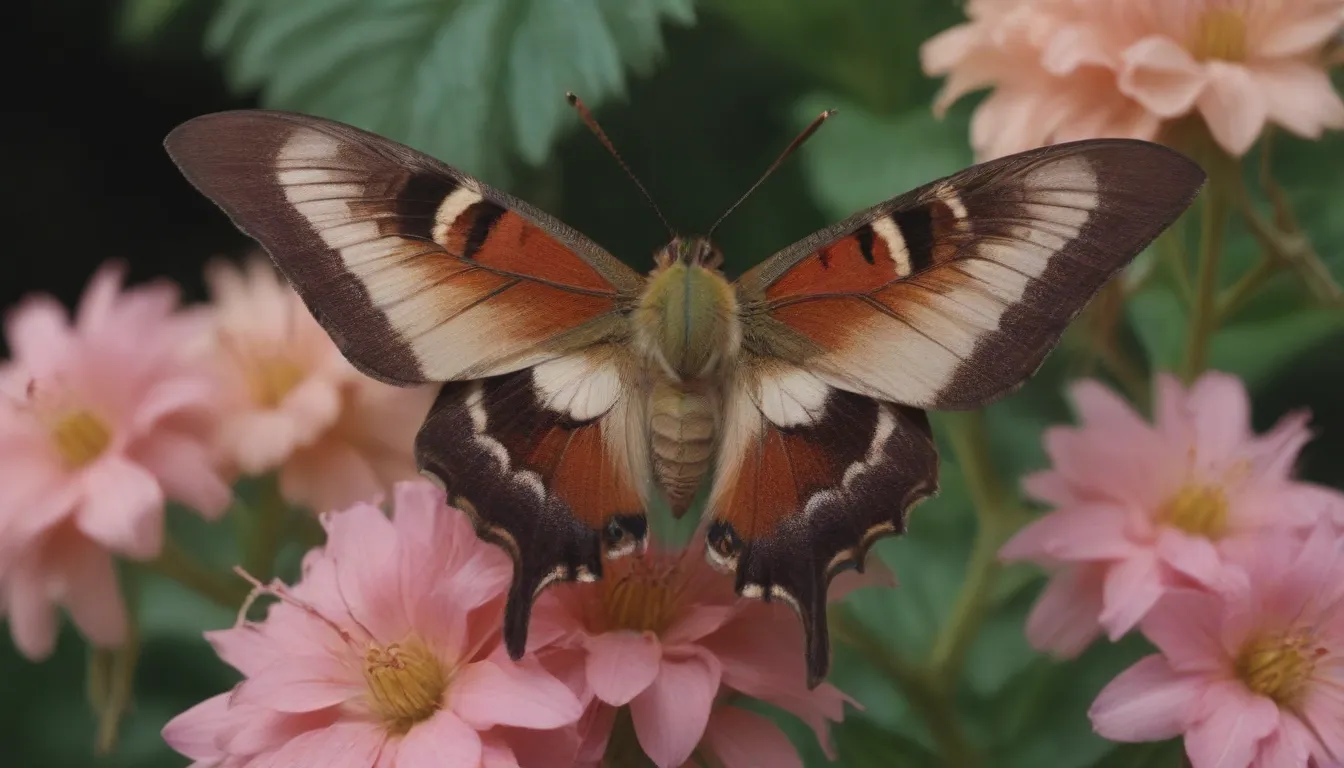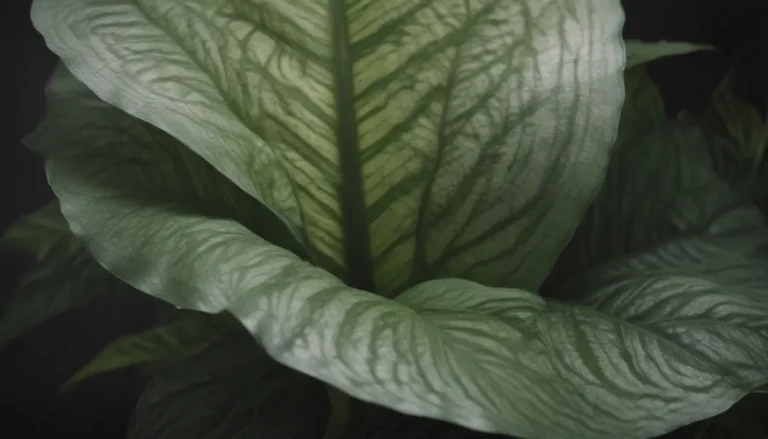How to Identify Hummingbird Moths: A Comprehensive Guide

If you’ve ever mistaken a hummingbird moth for the real deal, you’re not alone. These fascinating insects are skilled mimics, closely resembling their namesake, the hummingbird. But fear not! With a keen eye and a few key identification tips, you’ll be able to distinguish between these clever imposters and the beloved birds they mimic.
Unveiling the World of Hummingbird Moths
Before we delve into the nitty-gritty details of identifying hummingbird moths, let’s explore what sets these fascinating creatures apart. Hummingbird moths belong to the Sphingidae family and Hemaris genus of moths, encompassing over 1,200 species worldwide, with approximately 125 species calling North America home. These moths go by various names, including hawk moths, sphinx moths, clearwing moths, bee moths, and bee-hawk moths. During their caterpillar stage, they are referred to as hornworms.
Interestingly, hummingbird moths share many similarities with their avian counterparts. Both creatures play a crucial role as effective pollinators and share a penchant for nectar-rich blooms. In fact, hummingbird moths often frequent the same flowers that hummingbirds adore and may even be spotted at nectar feeders intended for the birds. With their agile flight patterns, hovering abilities, and vibrant body colors, hummingbird moths can easily be mistaken for their feathered look-alikes. This striking resemblance is a result of convergent evolution, where both birds and insects independently develop similar characteristics to thrive in their shared ecological niches.
Tips for Identifying Hummingbird Moths
Now that you understand the curious world of hummingbird moths, let’s delve into the key identification tips to help you tell these enchanting insects apart from their avian counterparts:
Size
- Hummingbird moths are typically smaller, ranging from 1 to 2 inches in body length, whereas most hummingbirds measure 3 to 4 inches long.
- Keep in mind that baby hummingbirds, despite their small size, are unable to fly and remain in their nests until they reach adult size.
Antennae
- Hummingbird moths sport long, conspicuous antennae that are often thicker at the end.
- In contrast, hummingbirds lack prominent antennae, though some species may have crests on their heads.
Wing Color
- Moths showcase bold wing patterns and colors, including stripes and spots, while hummingbirds typically have plain wings.
- Transparent wing sections are common in moths but nonexistent in hummingbirds.
Legs
- Hummingbird moths possess six legs that dangle as they fly and feed, whereas hummingbirds have tiny, inconspicuous legs tucked close to their bodies during flight.
Body Shape
- Moths exhibit thick, barrel-shaped bodies, while hummingbirds boast a more tapered and delicate silhouette.
- Additionally, moths may appear furry, whereas hummingbirds have sleek, smooth bodies.
Bill Shape
- Hummingbird bills are slim and needle-like, often with a slightly thicker base.
- In contrast, hummingbird moths lack bills, and their curled tongues set them apart from the birds.
Rump Pattern
- Hummingbird moths feature bold color patterns on their rumps and abdomens, distinguishing them from hummingbirds with more subtle plumage variations.
Tail Shape and Action
- Hummingbird tails vary in shape and movement, from blunt to streaming, while hummingbird moths typically exhibit short, furry tails.
- Birds may fan or pump their tails while feeding, whereas insects open their tails to a short fan without active pumping motions.
Behavior and Habitat
- Hummingbirds tend to be solitary and may display aggression at feeding sites, while hummingbird moths often travel in groups without showing hostility.
- Hummingbird moths are commonly found in gardens and suburban areas, while hummingbirds inhabit a diverse range of habitats, depending on the species.
Activity Time and Flower Preference
- Hummingbirds are diurnal, active during the day and resting at night, while most hummingbird moths are nocturnal.
- Both creatures share a fondness for nectar-rich flowers, with hummingbird moths favoring pale blooms and hummingbirds showing a preference for brighter, more colorful blooms.
In essence, by paying attention to these subtle cues and characteristics, you’ll soon become adept at distinguishing between hummingbird moths and their avian counterparts. So next time you spot a speedy, nectar-loving creature, take a closer look, and you may just uncover the fascinating world of hummingbird moths right in your own backyard!
Remember, nature’s wonders are all around us, waiting to be explored and appreciated. Happy birding, insect-spotting, and nature-loving adventures await!





